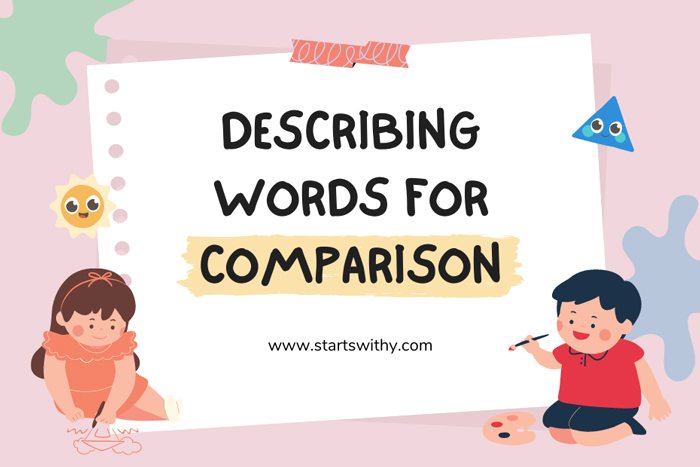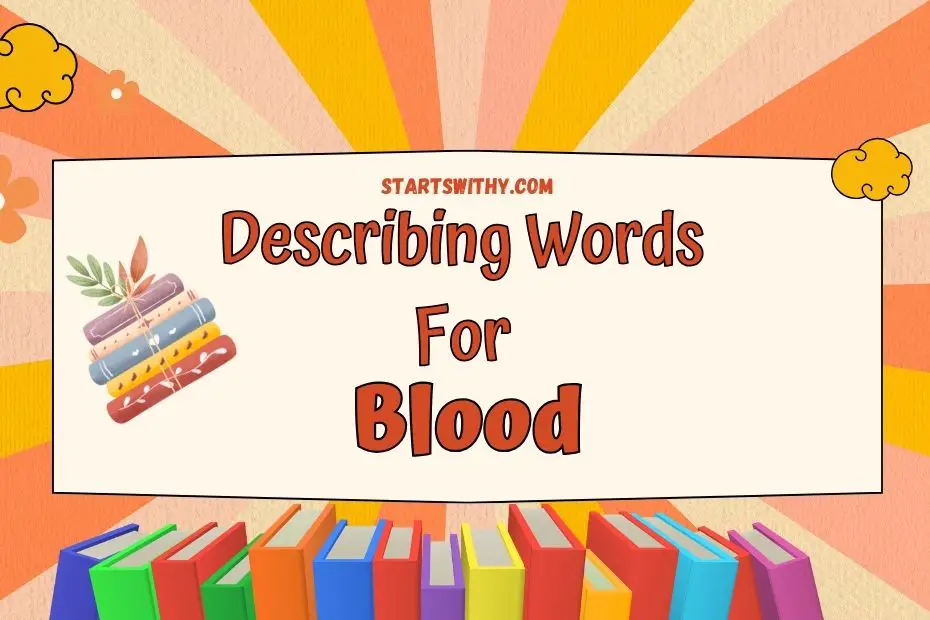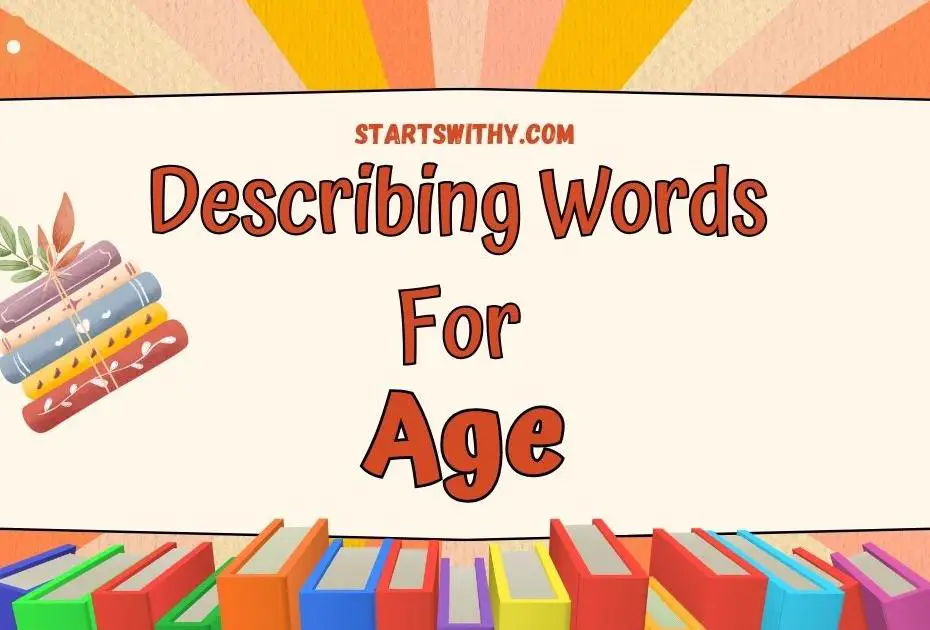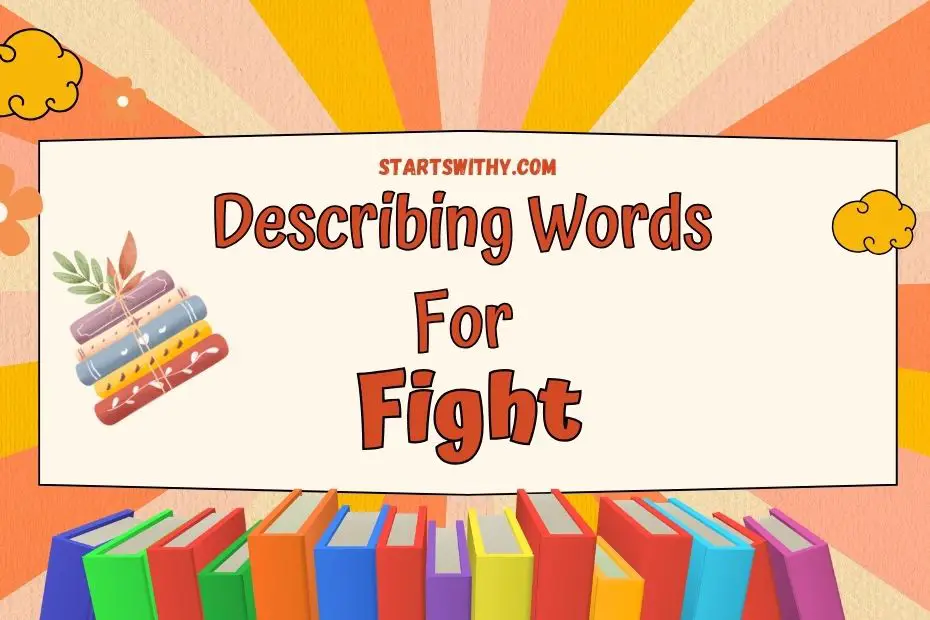Have you ever wondered how to effectively compare things using adjectives? Well, look no further! In this article, I’ll be diving into the world of adjectives for comparison and sharing some valuable insights on how to use them correctly. Whether you’re writing an essay, giving a presentation, or simply engaging in everyday conversation, understanding the different forms of comparison is essential to effectively convey your thoughts and opinions. So, let’s get started and explore the various ways we can describe the similarities and differences between objects, people, or ideas.
When it comes to comparing things, adjectives play a crucial role in expressing degrees of similarity or difference. From the basic forms of positive comparison to the more complex comparative and superlative forms, adjectives provide us with the tools to accurately describe and analyze the world around us. In this article, I’ll walk you through the various forms of comparison and provide examples to help you grasp the concept. By the end, you’ll have a solid understanding of how to use adjectives to effectively compare and contrast different elements in your writing or speech.
Comparison is a fundamental aspect of language, allowing us to express our thoughts and opinions with precision and clarity. By mastering the art of using adjectives for comparison, you can enhance your communication skills and make your writing or speech more engaging and impactful. So, let’s jump right in and explore the fascinating world of adjectives for comparison! Whether you’re a student, a professional, or simply someone who loves language, this article will equip you with the knowledge and tools to express comparisons with confidence and flair.
How to Describe Comparison? – Different Scenarios
When it comes to describing comparison, there are various scenarios in which adjectives play a crucial role. Let’s explore some of these scenarios and how adjectives can be used to effectively communicate comparisons in different contexts.
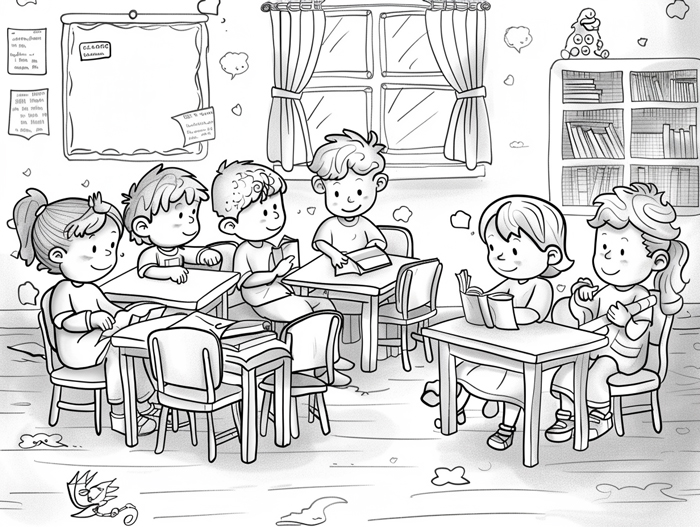
Comparing Two Objects or People
When comparing two objects or people, we often use comparative adjectives. These adjectives are formed by adding “-er” to the base form of the adjective. For example:
- The first car is faster than the second car.
- John is taller than Mark.
By using comparative adjectives, we can easily express the difference in qualities or characteristics between two things.
Comparing Three or More Objects or People
When comparing three or more objects or people, we use superlative adjectives. These adjectives are formed by adding “-est” to the base form of the adjective. For example:
- This is the fastest car among all the cars.
- Sarah is the tallest girl in the class.
Superlative adjectives allow us to express the highest degree of a particular quality or characteristic among a group of things or people.
Comparing Quantities or Amounts
Adjectives can also be used to compare quantities or amounts. In these cases, we often use words like “more” or “less” along with the adjective. For example:
- The first box contains more chocolates than the second box.
- I have less money than you.
By using these comparative words, we can effectively compare the size, amount, or quantity of objects or qualities.
Comparing Similarities and Differences
Adjectives are not only useful for comparing differences but also for expressing similarities. When describing similarities, we often use words like “as” or “like” followed by the adjective. For example:
- The two dresses are as beautiful as each other.
- The taste of the cake is like honey.
By using these comparative phrases, we can highlight the similarities between objects, people, or qualities.
Remember, effectively describing comparisons using adjectives is essential for conveying information accurately and articulately. Mastering the use of these adjectives in different scenarios can greatly enhance our communication skills.
Describing Words for Comparison in English
When it comes to comparing things using adjectives, having a good understanding of the words you can use is crucial. In this section, I’ll discuss some common describing words for comparison in English, along with examples to help you better understand their usage.

1. Comparative Adjectives
Comparative adjectives are used to compare two things, highlighting the difference between them. Take a look at the table below for some examples:
| Adjective | Comparative Form |
|---|---|
| Tall | Taller |
| Fast | Faster |
| Happy | Happier |
| Big | Bigger |
| Clever | Cleverer |
In these examples, the comparative form of the adjective is used to show that one thing has more of a particular quality than the other. For instance, “taller” compares the height of two objects, “faster” compares the speed, and “happier” compares the level of happiness.
2. Superlative Adjectives
Superlative adjectives, on the other hand, are used to describe the highest degree of a quality or to compare three or more things. Here are some examples:
| Adjective | Superlative Form |
|---|---|
| Tall | Tallest |
| Fast | Fastest |
| Happy | Happiest |
| Big | Biggest |
| Clever | Cleverest |
In these examples, the superlative form of the adjective is used to show that one thing has the highest degree of a particular quality or is the best in a group. For instance, “tallest” indicates the highest height, “fastest” indicates the highest speed, and “happiest” indicates the highest level of happiness.
3. Words for Comparing Quantities
When comparing quantities or amounts, we use specific words such as “more” or “less.” These words help us understand the difference in size or volume. Here are some examples:
- The elephant is larger than the cat.
- I have more apples than you.
- She has less money than her sister.
In these examples, we use the words “larger,” “more,” and “less” to compare the size or quantity of different objects or amounts.
Adjectives for Comparison
As an experienced blogger, I understand the importance of effectively comparing things. Adjectives play a crucial role in describing comparisons, whether it’s between two objects or people using comparative adjectives, or between three or more objects or people using superlative adjectives. Comparing quantities or amounts using words like “more” or “less” is also a common practice. Mastering the use of adjectives for comparison is essential for accurate and articulate communication. In this section, I will discuss some common describing words for comparison in English, provide examples of comparative and superlative adjectives, and explore words for comparing quantities.
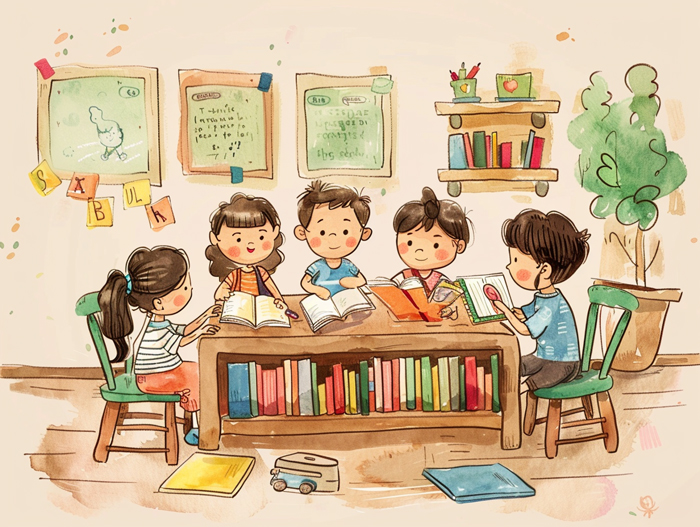
Positive Adjectives for Comparison
Positive adjectives are used when comparing two objects or people to highlight their desirable qualities. These adjectives denote a higher degree or level of a particular attribute. Here are some examples of positive adjectives for comparison, along with example sentences:
| Adjective | Example Sentence |
|---|---|
| Strong | She is stronger than her sister. |
| Happy | This cake is happier than the other one. |
| Big | My house is bigger than yours. |
| Fast | The cheetah runs faster than any other animal. |
| Tall | He is taller than his classmates. |
| Smart | Lucy is smarter than John. |
| Brave | The firefighter is braver than anyone I know. |
| Beautiful | The sunset is more beautiful than words can describe. |
| Funny | This joke is funnier than the last one. |
| Delicious | The pizza is more delicious than the burgers. |
Negative Adjectives for Comparison
Negative adjectives are used to compare two objects or people, emphasizing their lack of a particular quality or attribute. They denote a lower degree or level of a particular characteristic. Here are some examples of negative adjectives for comparison, along with example sentences:
| Adjective | Example Sentence |
|---|---|
| Weak | He is weaker than his older brother. |
| Sad | This movie is sadder than the previous one. |
| Small | My car is smaller than your SUV. |
| Slow | The turtle walks slower than the rabbit. |
| Short | She is shorter than her friends. |
Understanding the nuances of positive and negative adjectives for comparison allows us to express ourselves accurately and vividly. Whether we want to highlight the superiority or inferiority of certain qualities, these adjectives enable us to make effective comparisons.
Now that we have explored positive and negative adjectives for comparison, let’s move on to discussing words for comparing quantities.
Synonyms and Antonyms With Example Sentences
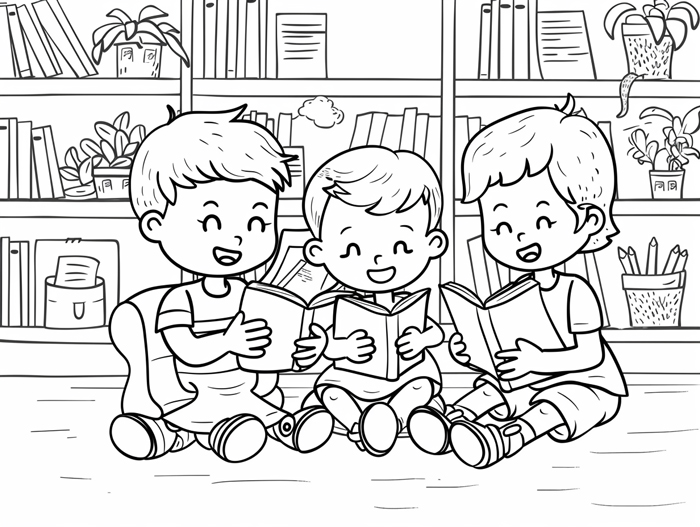
Synonyms for Comparison
When comparing things, it can be helpful to have a variety of words at our disposal. Synonyms are words that have similar meanings. Here are some synonyms commonly used for comparison:
- Similar: These two objects are similar in color.
- Alike: The two paintings look alike at first glance.
- Equivalent: A smartphone has the equivalent functionality of a computer.
- Comparable: The two books are comparable in terms of length.
Using synonyms can add variety and depth to our descriptions. Here are some example sentences to help illustrate their usage:
- Both cats are similar in size and color.
- The two paintings are alike in style.
- The laptop and tablet are equivalent in performance.
- The two smartphones are comparable in terms of features.
Antonyms for Comparison
Antonyms are words that have opposite meanings. When discussing differences or contrasting two things, antonyms can be useful. Here are some antonyms commonly used for comparison:
- Different: These two cars have different features.
- Contrasting: The two paintings have contrasting color schemes.
- Opposite: The personalities of the two characters are opposite.
- Dissimilar: The two houses are dissimilar in architecture.
Let’s look at some example sentences to see how antonyms can be used in comparisons:
- The two dogs have different sizes and colors.
- The artworks have contrasting styles and themes.
- Their opinions on the matter are opposite.
- The landscapes in the two photographs are dissimilar.
By expanding our vocabulary to include synonyms and antonyms, we can effectively describe and compare various objects, people, and situations. This helps us express ourselves accurately and vividly.
Conclusion
Expanding our vocabulary to include a wide range of adjectives for comparison is essential for effective communication. Throughout this article, we have explored the importance of using comparative and superlative adjectives to describe and compare various objects, people, and situations.
By understanding how to use comparative adjectives, we can accurately compare two objects or people, highlighting their differences and similarities. Additionally, superlative adjectives enable us to compare three or more objects or people, identifying the highest or lowest degree of a particular quality.
In addition to comparative and superlative adjectives, we have also discussed the significance of using words like “more” or “less” to compare quantities or amounts. These words allow us to express the degree of difference between two or more items.
Furthermore, we have explored the importance of synonyms and antonyms for comparison. By incorporating a variety of words with similar or opposite meanings, we can provide more precise and vivid descriptions.
Mastering the use of adjectives for comparison enhances our ability to express ourselves accurately and vividly. By incorporating these techniques into our writing and speech, we can effectively convey the nuances of comparisons and enrich our communication skills.
